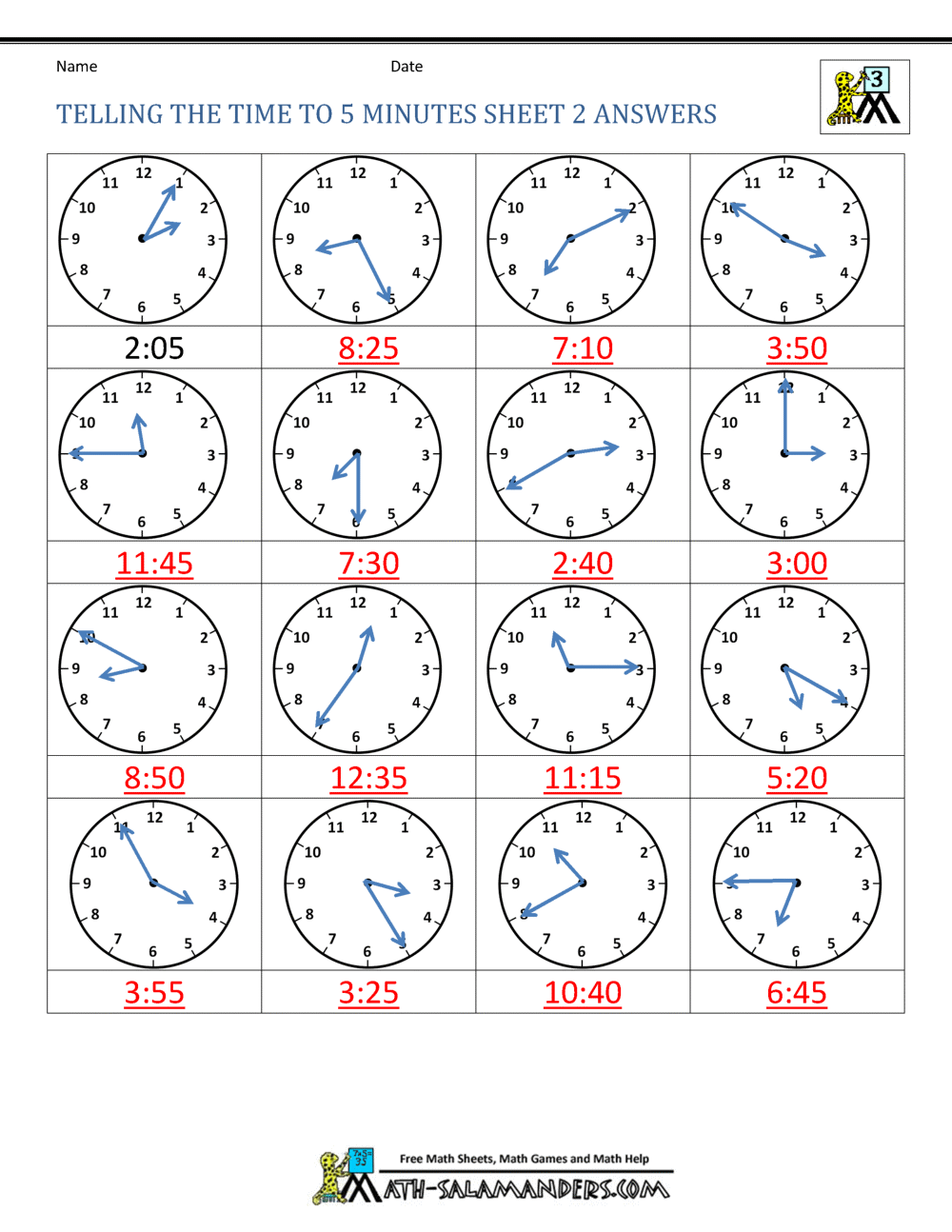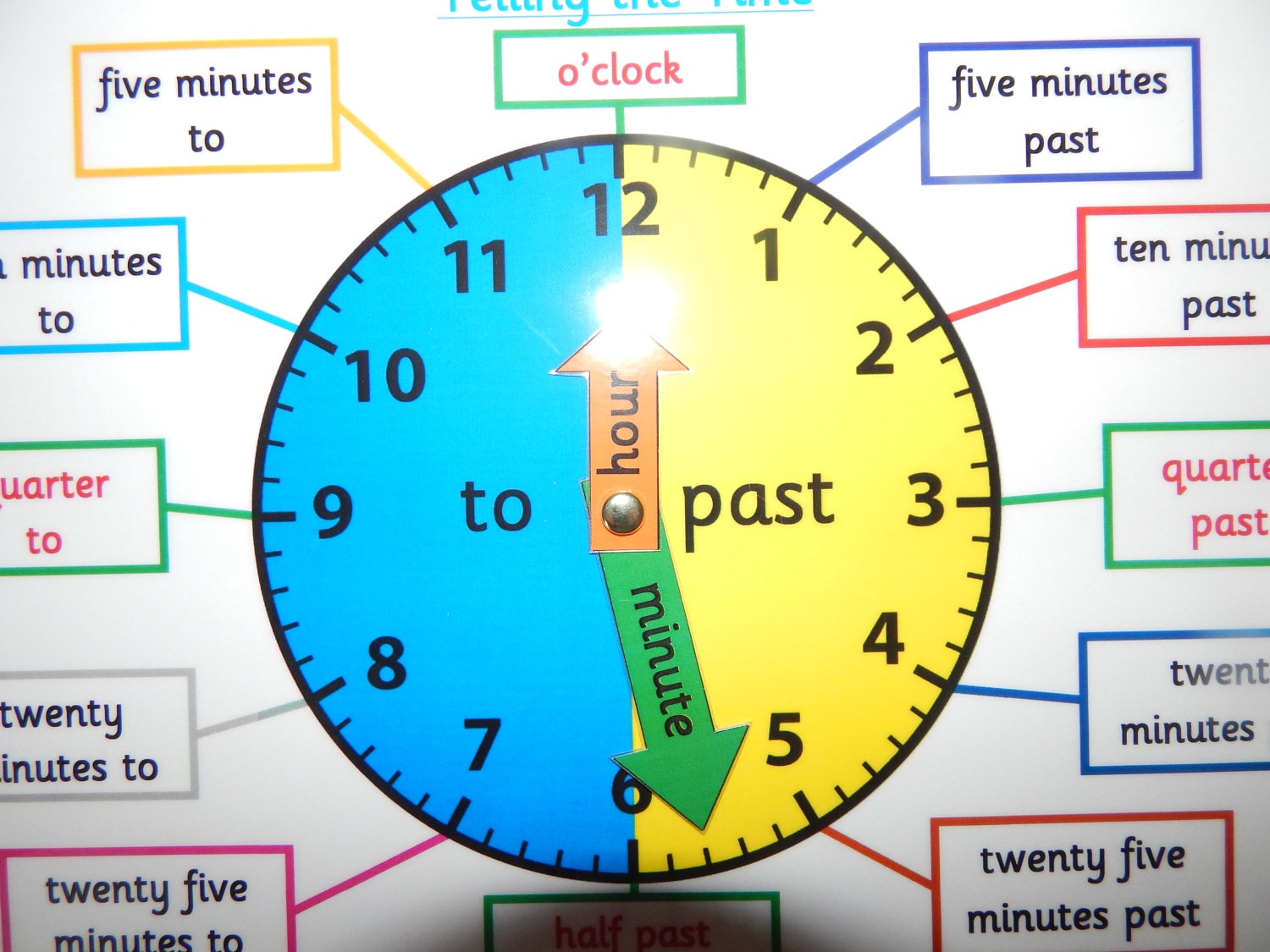

It’s one minute past five, and the time moves toward six. As you move the minute’s hand one dash forward, the clock shows 5:01. Move the long hand one minute forward while keeping the hours’ hand in its place. Let it be five o’clock: the short hand points at five, while the long one points at 12, showing that it’s 5:00. Tell your child that the long hand points at minutes.Īfterward, explain how it works by starting with the hour position. That’s why you have to draw minutes from one to 60. Kids usually struggle to grasp the double meaning of numbers on a clock. Ask your child to move the clock hands to show a particular time – 4, 3, 2, 1, 12 o’clock. If the hours’ hand points at eight, and the minutes’ one points at 12, it’s eight o’clock. At this point, it will be visually clear on the clock’s face. This position shows that it’s five hours and zero minutes. Thus, it’s five o’clock when a short clock hand points at five, while the long one points at 12. The short clock hand points at a number to indicate that hour. If we speak of hours, the long hand should point at 12.
Telling time clock how to#
How to Read Time: Explain How to Tell HoursĮxplain that the clock hand positions to tell hours. You can paint hands in different colors to emphasize the difference. Tell your child that a short clock hand indicates hours, while a long one – minutes. Place two hands on top of each other in the center of the clock’s face. #4 Assemble the Clockįind the center of the cardboard plate and mark it with a pushpin. After that, label them “minutes” and “hours.” Then, cut out the hands. Now, your clock’s face shows both hours from 1 to 12 and minutes from 1 to 60 (0).ĭraw a short hours’ hand and a long minutes’ hand on the cardboard. Then, put fives above these numbers to indicate minutes – 5, 10, 15, 20, 25, 30, 35, 40, 45, 50, 55, 60.Īfterward, elaborate on the minutes – draw vertical dashes between the fives – 1, 2, 3, 4 11, 12, 13, 14, etc. Put these numbers about one inch before the edge of the cardboard plate. Now, It’s time to number the plate from 1 to 12 to make the clock’s face. Put the dinner plate onto the cardboard sheet and underline it with a pencil. Check the following steps to make one: #1 Make a Cardboard Plateįirst, you need scissors, a dinner plate, a pencil, and a few square feet of cardboard. Your kid has practiced counting by fives with an improvised paper plate that resembles a clock, and it’s time to make a cardboard clock. This paper plate will serve as a “pre-clock.” Use paper clips on a paper plate – divide it into 12 sections, five clips each.Number lines will help you visualize this concept. Skip counting means adding the same number to the previous one up to a certain point.

It will help them calculate time units much faster. They need to know numbers from 1 to 60 to differentiate between seconds, minutes, and hours:Īs long as your kid gets fluent in counting to 60, they have to learn to skip count. You can use number lines, flashcards, math videos, songs, and other assets to practice counting to 60. You have to teach your kid to count to 60 before they learn how to tell time. Start learning Math with Brighterly Let’s start learning Math! Teach Counting to 60 Ask them, when do we wake up? When do we have dinner, or when do we go to sleep?Īs long as your child remembers their daily schedule in the correct order and every time without hesitation, you can proceed further. Make sure your child starts telling time of the day fluently. The moon goes up, and it’s time to sleep. In the evening, the sun goes down, we have dinner, have a shower, brush our teeth, and go to sleep.

We wake up, brush our teeth, and have breakfast in the morning. Introduce your kid to the time of the day which is connected to their daily routines: You have to start with the concept of time itself, not with the time on the clock. Children Should Learn to Tell Time on a Clock Starting with Basics: Morning, Evening, Night

Teaching time concept is a complex process that consists of several stages. However, you can teach this concept to your kid earlier if you believe they can handle it. In this period, they learn to tell time on a clock, as well as remember days, weeks, years, etc. When Do Kids Learn to Tell Time?Ĭhildren start learning to tell time between six and eight years. This time, you will learn all about teaching time to kids. Usually, kids need a few years to tell time accurately, let alone time estimations and predictions. But this concept often challenges children. As adults, we consider time a natural and inseparable part of our daily lives.


 0 kommentar(er)
0 kommentar(er)
